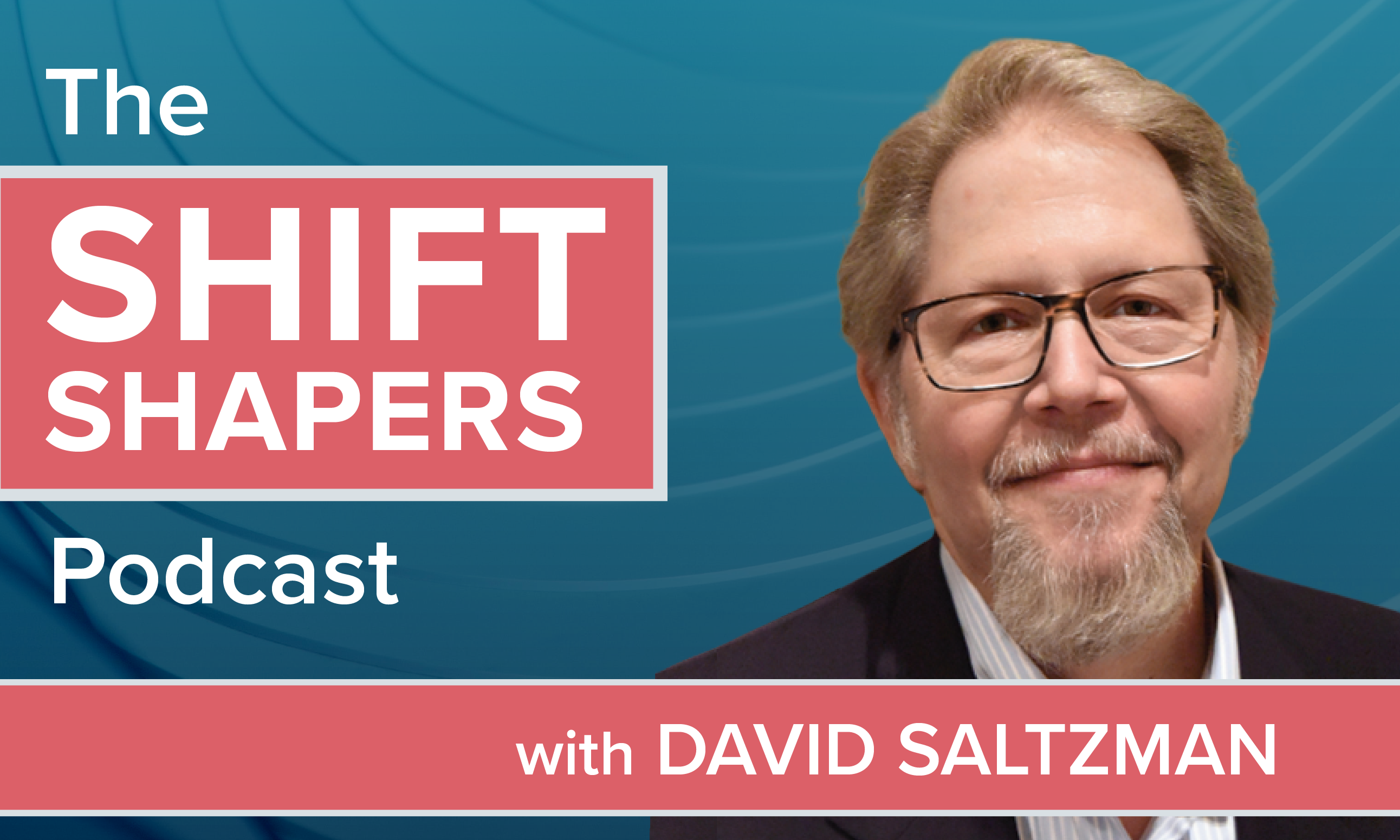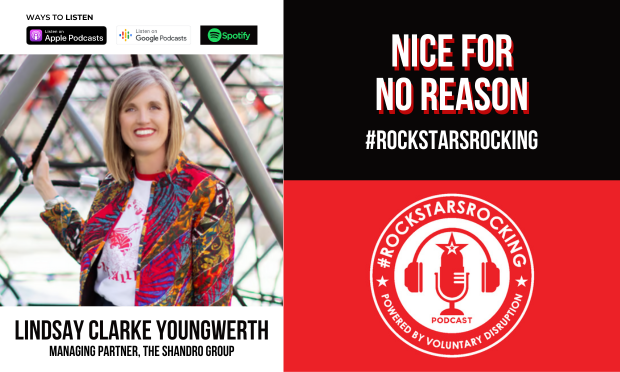 U.S. employers have made greatstrides in embracing more diversity and inclusion in the workplaceas a strategic initiative – and it's reflected in hiring practicesand retention efforts, development opportunities and employeeinterest groups.
U.S. employers have made greatstrides in embracing more diversity and inclusion in the workplaceas a strategic initiative – and it's reflected in hiring practicesand retention efforts, development opportunities and employeeinterest groups.
But when it comes to workplace equity, have they solved theother side of the equation? That is, do the benefits that youremployer clients offer meet the unique needs of the diverse workforce they are trying to attractand retain?
|Modern families are now the norm
Studies show the family dynamic has evolved – comprising married and unmarriedcouples of the opposite sex or same sex, with or without children;adoptive and foster parents; single parents; individuals; ormulti-generational households.
|As a result, the benefits provided to employees need to gobeyond the standard offerings of medical, retirement, dental andvision. Employers and their brokers should consider offering asuite that's customizable to employees' particular situations,whether it's dictated by family dynamics or life events. Here arefour ways to assess a company's current state – and to determinewhat may require further focus.
|Benefits to help employees care for others – andthemselves
One place to start evaluating benefit strategies? Take a closelook at your clients' culture and employees' work-life balance,especially as work-from-home initiatives and technology contributeto "an always on" environment, further blurring the line betweenthe office and employees' personal lives. That challenge becomeseven more pronounced for employees who are balancing the day-to-daydemands of a job along with the demanding role of a caregiver.
|Caregiving duties can take many forms, from a Gen Xer caring forboth their children and aging parents, to a spouse caring for apartner with a chronic illness or an employee caring for a childwith special needs. And nearly 6 million children under the age of18 are living in grandparent-headed households, many whereone or both grandparents still work.
|It can be mentally, physically and financially exhausting forthe employee. Yet a report by Harvard Business Schoolfinds that businesses are largely disconnected from the caregivingneeds of their employees. And it finds that this lack of awarenessand support not only hurts workers, but results in significantcosts to companies, including the loss of some of their bestpeople.
|According to SHRM, only 10% of employers offer caregiverbenefits that could help alleviate this stress.
|Flex-time or working remotely part-time could also offer somerelief to employers as well as their staff. Both options giveworkers added adaptability and improved work-life balance whileboosting engagement. Flexible scheduling cannot only benefit caregivers but also help new parents, employeeswith ongoing health issues and employees with long commutes.
|Many large companies are providing caregiving assistance throughthird-party firms, including plans that includes caregivingreferral services to help find assistance or a care facility forloved ones.
|Make sure mental health is addressed
|Employees' mental wellness should be a top priority for yourclients. The Partnership for Workplace Mental Health and theAmerican Psychiatric Foundation advises that it costs companies $44 billion in lostproductivity due to untreated depression in the workforce.
|Don't underestimate the power of wellness offerings to providemuch-needed support to employees. Embrace the opportunity topartner with an engaged EAP to build strong stress managementsolutions. Promoting a healthy and balanced lifestyle could be assimple as providing wellness opportunities that include standingdesks and flexible work arrangements to yoga sessions andmeditation classes.
|Reassess the equity in your workplacebenefits
The Corporate Equality Index 2020 reports thatoffering LGBTQ-inclusive benefits to employees and their familiesis an overall low-cost, high-return proposition for businesses. Todate, hundreds of thousands of LGBTQ workers and their familieshave benefited from the expansion of inclusive workplace benefits,policies and programs, including domestic partner recognition andtransgender-inclusive benefits. These are good cues to considerwhen evaluating which current offerings benefit all employeesequally and where there are gaps in coverage.
|It's also imperative to recognize what life events mayexponentially impact LGBTQ employees, particularly those who haveadded legal and financial impact. Situations can range from thelegal issues a same-sex couple encounters with a surrogate to atransgender employee having difficulties in changing their legalname or an international adoption that runs into roadblocks.
|These needs were reflected in a product study ARAG conductedlast year regarding offering coverage geared toward this community.Feedback from attorney interviews indicated matters that couldaffect LGBTQ workers at a higher rate include still-restrictivelaws involving assisted reproductive technology (ART). Parentingrights involving second parent adoption and different establishmentrules in each state was also cited as an issue.
|Help people prepare for the unexpected
Keep in mind that employees have a very busy (and oftencomplicated) life outside of work. They're constantly facingsituations involving family matters, financial problems or legalissues that need to be dealt with. And many times, they're takingtime out of work to address these situations.
|The pressing need to focus on financial matters, such as studentloan debt or credit card payments, is being recognized in largerfirms. Seventy-five percent of companies with 10,000+ employeesoffer some type of financial wellness program, according toEBRI research. In addition to retirement fundmatching, some employers offer student loan repayment programs,college savings plans and a host of financial planning andeducation resources.
|Think outside the benefit box
Providing benefits that work for all employees (and theirfamilies) is no small task. Find ways to actively listen toemployees' concerns and keep exploring options that can benefit awider base of the workforce. And be ready to adapt your benefitofferings as the team and its needs continue to evolve. Thatagility will help your clients attract, engage and retain valuedemployees – and contribute to a more diverse workplace.
|Dennis Healy is a memberof the ARAG® executive team. Dennis is a passionate advocatefor legal insurance because he has seen firsthand how it helpspeople receive the protection and legal help they need. He hasnearly 30 years of insurance industry experience, with a primaryfocus on the sale of group voluntary benefit products to employergroups of all sizes through the brokers and consultantcommunity.
Complete your profile to continue reading and get FREE access to BenefitsPRO, part of your ALM digital membership.
Your access to unlimited BenefitsPRO content isn’t changing.
Once you are an ALM digital member, you’ll receive:
- Critical BenefitsPRO information including cutting edge post-reform success strategies, access to educational webcasts and videos, resources from industry leaders, and informative Newsletters.
- Exclusive discounts on ALM, BenefitsPRO magazine and BenefitsPRO.com events
- Access to other award-winning ALM websites including ThinkAdvisor.com and Law.com
Already have an account? Sign In
© 2024 ALM Global, LLC, All Rights Reserved. Request academic re-use from www.copyright.com. All other uses, submit a request to [email protected]. For more information visit Asset & Logo Licensing.








